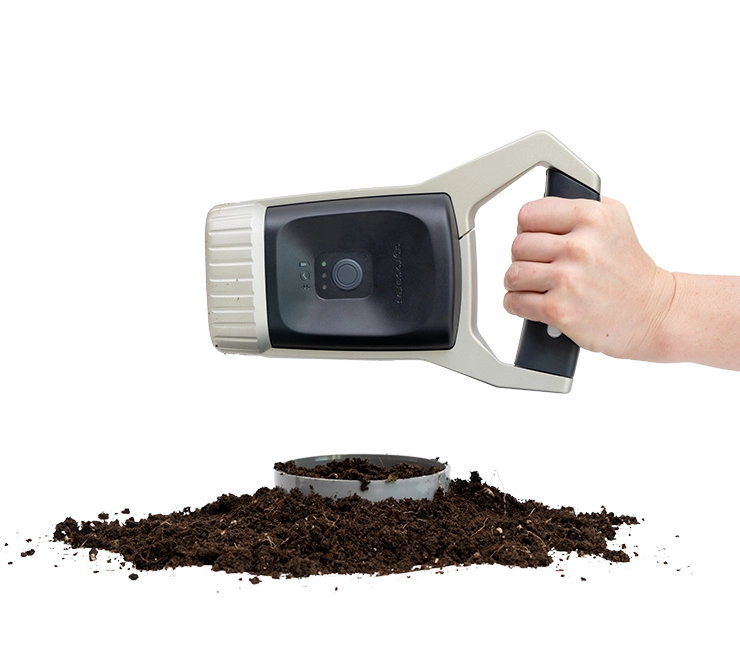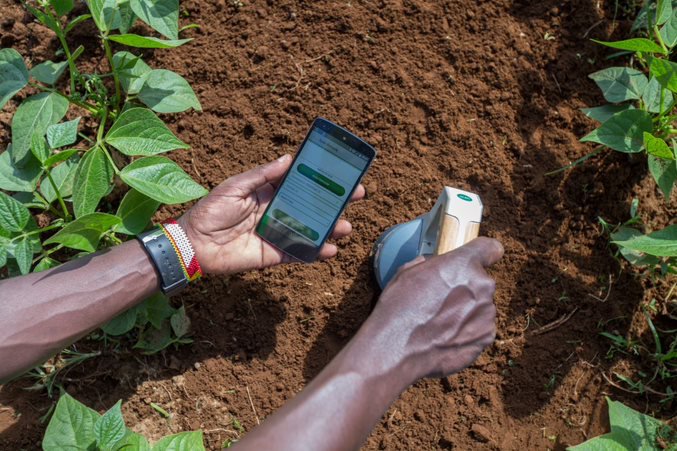The processes that generate high-quality, fertile topsoil can take centuries. But the world is ploughing through that resource at an alarming rate. About 40% of the world’s land has already been taken over by agriculture, while livestock grazing and expanding urban areas are taking further chunks out of what is left over.
At first glance, it might seem that there is no shortage of mud and dirt around the world. But it’s the quality that really counts.
“Many types of soil degradation are invisible,” says Ronald Vargas, secretary of the global soil partnership at the FAO in Rome. “You just don’t see the loss of organic carbon from soils or pollution building up in it until you try to plant crops there.”
Erosion, compaction, nutrient imbalance, pollution, acidification, water logging, loss of soil biodiversity and increasing salinity have been affecting soil across the globe, reducing its ability to support plant life and so grow crops.
At the most extreme end, 12 million hectares of land – an area that could produce the equivalent of 20 million tonnes of grain annually – are lost to desertification every year. Meanwhile, the spread of our towns, cities and road networks are sealing soils out of reach beneath layers of asphalt and concrete.
According to some estimates, between one billion and six billion hectares of land are now considered to be degraded. But the problems vary greatly from region to region. In a handful of places, this degradation has happened naturally, says Vargas.
“There are some places where the landscape can be compared to the Moon,” he says. “But human activity has led to unsustainable levels of degradation.”
Climate change, the spread of intensive agriculture, deforestation and industrial activity have accelerated the loss of soils in almost every country in the world. Farming practices such as tilling break up the soil and destroy its natural structure, killing many of the vital bacteria and fungi that live there and leaving it vulnerable to being washed away.
“Soil is not just useful for helping us grow food,” says Vargas. “[Soils] are key for storing water – good soil is like a sponge that soaks up the rain and keeps it there. It is important for recycling nutrients and storing carbon that would otherwise escape into the atmosphere.”
If we want to continue enjoying the riches of our soils in the future, something urgently needs to be done.


